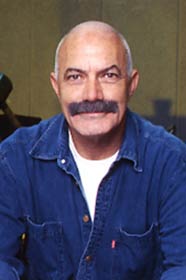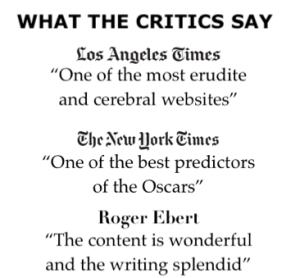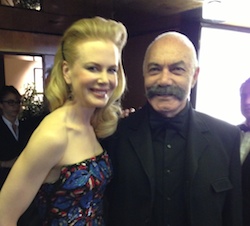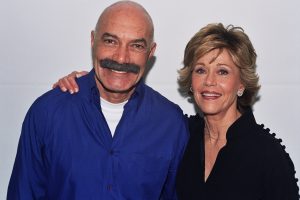The popular magazine Entertainment Weekly (EW) is famous and notorious for its lists and lists of lists. In one of their latest issues, they published a list of the Top 25 Active Directors, defined as the “most talented, in-demand directors today.” But what exactly are they measuring, artistic talent, power to get a film made, prestige among colleagues, impact on the industry in terms of making commercially successful picture. To put it bluntly, you may be very talented and still not be in demand. And you cannot be active if you have made good movies that have been flops.
Hollywood 2009: Top Directors List
Hollywood 1995: Movies for Gay and Straight Audiences
The summer season is Hollywood's Big Time, known mostly for its innocuous, mindless fare–Popcorn DeLuxe movies. But it's an important season, expected to generate enough big bucks to pay for the studio's more serious and daring films, released during the “prestigious” fall and winter seasons. As usual, this summer there will be large-scale action flicks, epic costume dramas, romantic comedies, pictures with strong special effects, and sequels. Summer is also a time when Hollywood's biggest stars, the few who can “open” a movie, test their egos–and mega salaries. Kevin Costner, Harrison Ford, Bruce Willis, Jim Carey, Keanu Reeves, Richard Gere, and Julia Roberts all have new movies.
Oscar Movies: Black Narcissus (1947)
Oscar Nominations: 2
Cinematography (Color): Jack Cardiff
Art Direction-Set Decoration (Color): Alfred Junge
Oscar Awards: 2
Cinematography
Art Direction-set Decoration
Oscar Context
In 1947, the two frontrunners in the Bets Picture category were: Kazan's anti-Semitism drama “Gentleman's Agreement” (which won) and Edward Dmytryk's “Crossfire,” which lost in each of its five nominated categories. The other contenders were David Lean's “Great Expectations” and “Miracle on 34th Street.” Kazan won Best Director, the editing Oscar went to Francis Lyon and Robert Parrish for the boxing drama, “Body and Soul,” and the Scoring Oscar was given to Miklos Rozsa for “A Double Life.”
Beautifully mounted, the British epic “Black Narcissus” was nominated for and won trwo Oscars: Cinematography (Color) for Jack Cardiff and Art Direction-Set Decoration (Color) for Alfred Junge.
Oscar Movies: Black and White in Color (1976)
“Seven Beauties,” directed by Lina Wertmueller, the first woman to be ever nominated for Best Director, and starring Giancarlo Giannini, was expected to win, but instead Jean-Jaques Annaud's satire “Black and White in Color” took the top prize in this endlessly controversial category. Set during WWII, “Black and White in Color” tells the story of a group of French colonialists in West Africa, who decide to attack a German garrison.
Oscar Movies: Bye Bye Birdie (1963)
Bye Bye Birdie, the popular musical starring Ann-Margret, received two Oscar nominations: Sound for Charles Rice
and Scoring of Music (Adaptation or Treatment) for John Green.





